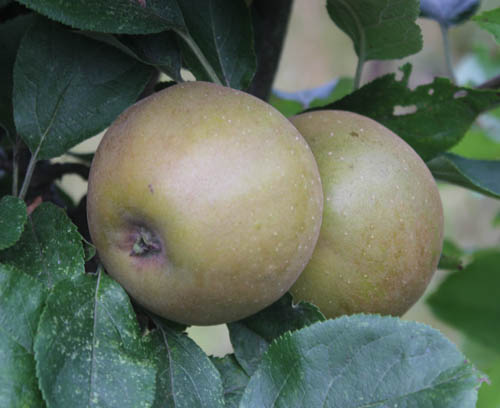From the start of September until weather starts to cool in mid to late October, is the time for annual lawn maintenance. It should not be something you do in dry conditions, wait until the weather is warm and moist so the lawn can recover after treatment.
If there is moss in the lawn, kill it first so it doesn’t spread, then start with the mechanical operations. First, mow the lawn. Hire a scarifier or use a lawn rake to remove dead stems, moss and mowing debris known as ‘thatch’, it is surprising how much there is! Scarify in two directions at 30 degrees to one another or longways then cross ways and collect and compost the debris.

Next is to aerate, by spiking. This improves drainage and drought resistance, so grass growth is stronger. Start at one end of the lawn and work backwards from area. Push a garden fork, with the prongs facing towards you into the lawn, then push forwards on the handle or use a mechanical aerator. The holes should be 4-6” apart x 4-6” deep. (10-12.5cm). Concentrate on areas with most wear or where the lawn quickly turns brown in summer. It is much easier on lighter soils.
Every 3 to four years, particularly on clay soils, you can ‘Hollow tine’ it works like an apple corer, improving aeration and drainage. Brush cores from the lawn, stack them separately or add the root rich soil to the compost heap then Top dress filling in the holes and hollows. You can buy this from the garden centre; work the mixture into the lawn with a stiff brush or the back of a garden rake. Repair bare patches on the lawn, while the soil is still warm. Finally, feed with high potash autumn lawn fertilizer, when the grass is dry and the soil, moist, using a drop spreader. Irrigate if rain does not fall in 48 hours.
Apples are starting to ripen. You will need to pick over the tree a few times – those at the top of the tree and in the sunshine ripen first. The first windfalls are not a reliable indicator, it could just be the result of drought, pests or strong winds. The test is to hold a fruit in your hand then lift, if ripe it will detach from the tree with the stalk intact.
Towards the end of the month, cover your pond with netting before leaf fall commences. You can use the same netting that covered raspberries earlier in the year.
Keep on top of weeding, allowing weeds to seed into the surrounding soil, simply stores up seeds for future years – ‘One year’s seed is seven years weed’. Young weed seedlings are excellent for the compost heap. Perennial weeds should be allowed to desiccate before adding them to the heap, alternatively, leave them in a bucket for several weeks then pour the water off into the compost heap. The liquid can be used as a plant food but it is difficult to ascertain the strength.
Happy Gardening! Matt


